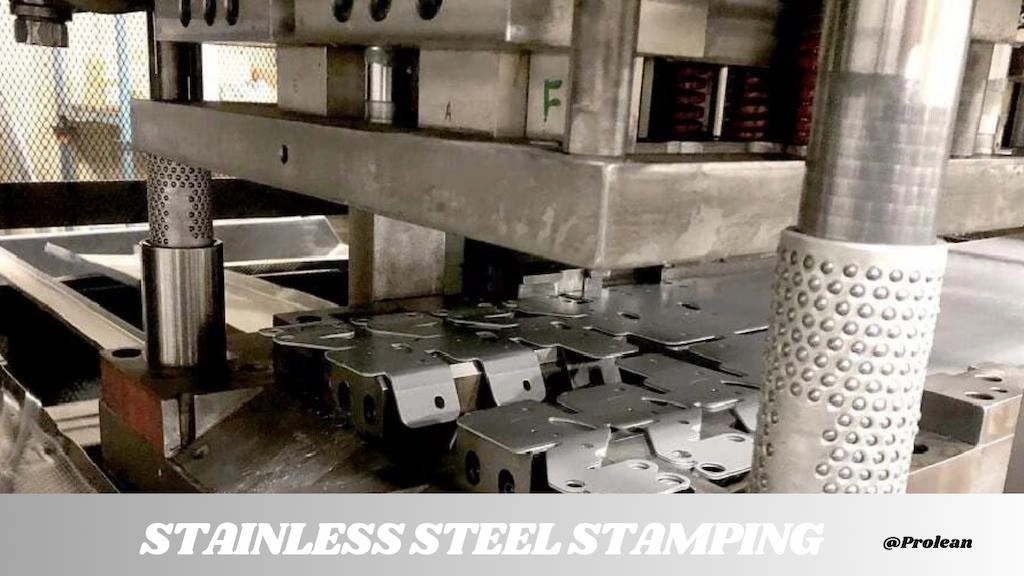
Metal stamping is one of the key fabrication techniques that allows the production of complex sheet metal parts in large volumes through die-press tooling. It works on various metals and alloys; stainless steel is one of the common ones.
Whether you are producing or ordering stainless steel stamping parts, understanding the material characteristics, stamping mechanism, customization capability, and stamping cost is critical to achieving optimal results.
This article will guide you through the different aspects of stainless steel stamping, including material selection, step-wise process, applications across industries, and the handling of complex designs.
What is Stainless Steel Stamping, and How Does It Work?
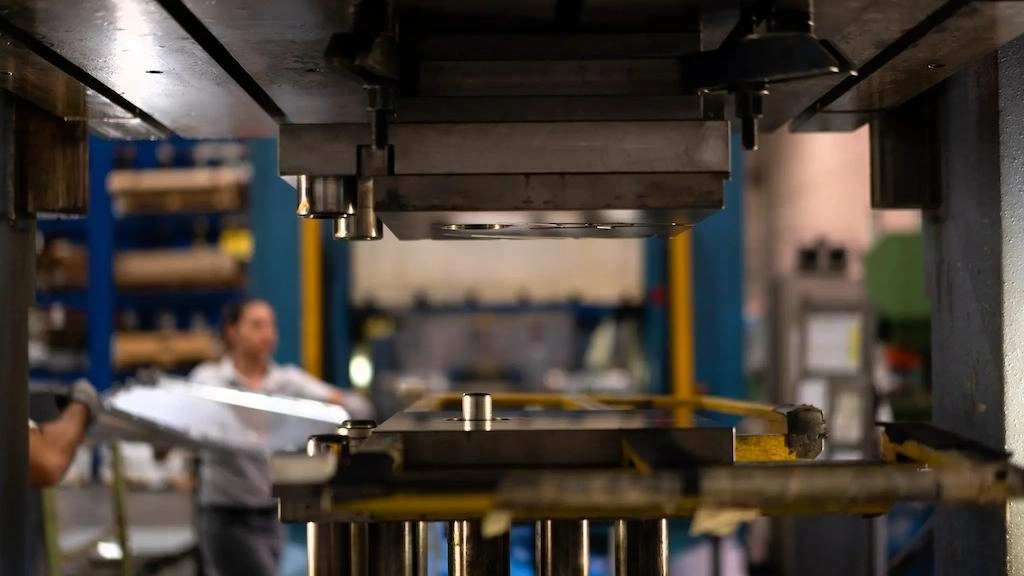
Stainless sheet stamping setup
Stainless steel stamping is a sheet metal fabrication technique that converts blank sheets into designed parts or products— a specialized stamping for stainless materials. It involves the use of a die and press mechanism that performs cutting, bending, forming, hemming, or other required operations. Meanwhile, the typical thickness range of stainless sheets for stamping is 0.5 to 3mm.
Metal stamping is versatile, durable, and cost-effective. Industries like automotive, medical, industrial hardware, electronics, and aerospace use this for precise and high-strength stainless parts.
Below is the mechanism of how it works;
The main principle behind stamping is deforming the sheets into desired shapes with a die and press. Stamping die involves punch and die cavity; the press descends downwards, pushes the metal sheet into the cavity, and executes multiple operations.
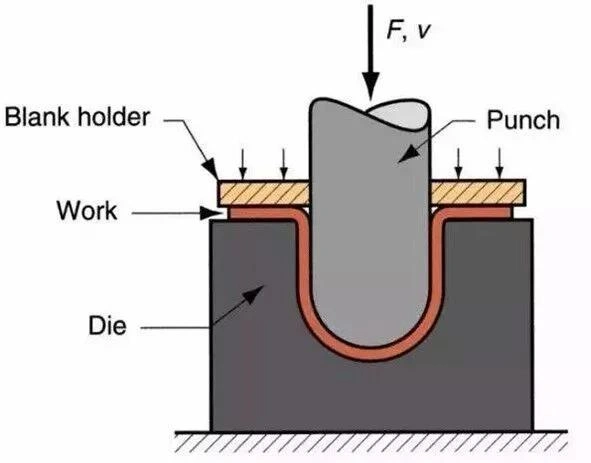
Mechanism of metal stamping
While the punch contacts the sheet, it redistributes the material to form ends, curves, or intricate patterns, whereas the die cavity supports the sheet to prevent unwanted distortions.
The Stainless Steel Stamping Process: Step-by-Step
After the fundamental working principle, let’s briefly elaborate on the individual steps to see how you can stamp stainless steel sheets.
Die Design and Creation
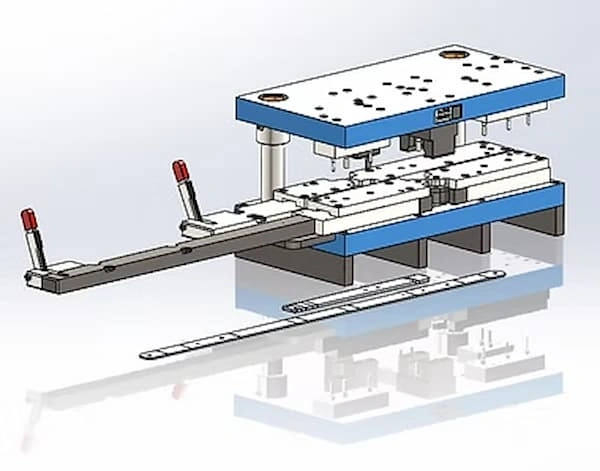
Stamping die design
First, design the stamping die according to the dimensions and geometrical features of the part you want to produce. Also, label the design with manufacturable tolerances and complexity. You can use muti-axis CNC machining, laser cutting, EDM, and micro-machining techniques for manufacturing.
Moreover, the use of high-strength and tough materials for the die is also essential so it can withstand the excessive deformation force from the punch and press. E.g., carbide and high-speed steels.
Sheet Blanking
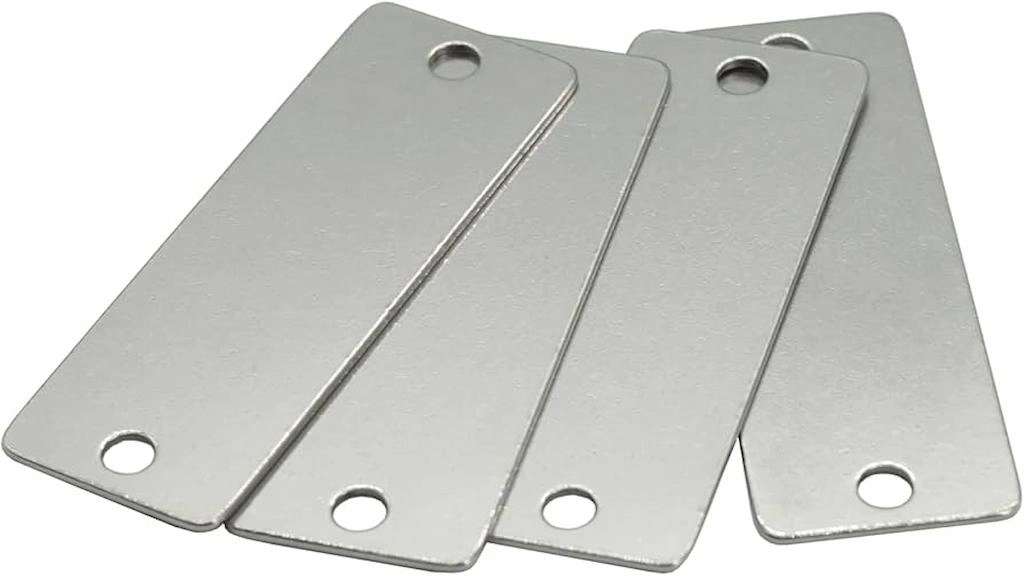
Stainless blanks for stamping
Cut the stainless sheets into small pieces based on the overall cross-section area of the parts to be stamped. Individual blanks are needed for each part. You can use shear cutting or fiber laser cutting for this. However, lasers are more accurate, with a tolerance of ±0.005, and suited for cutting blanks in large numbers.
Stamping Process Setup
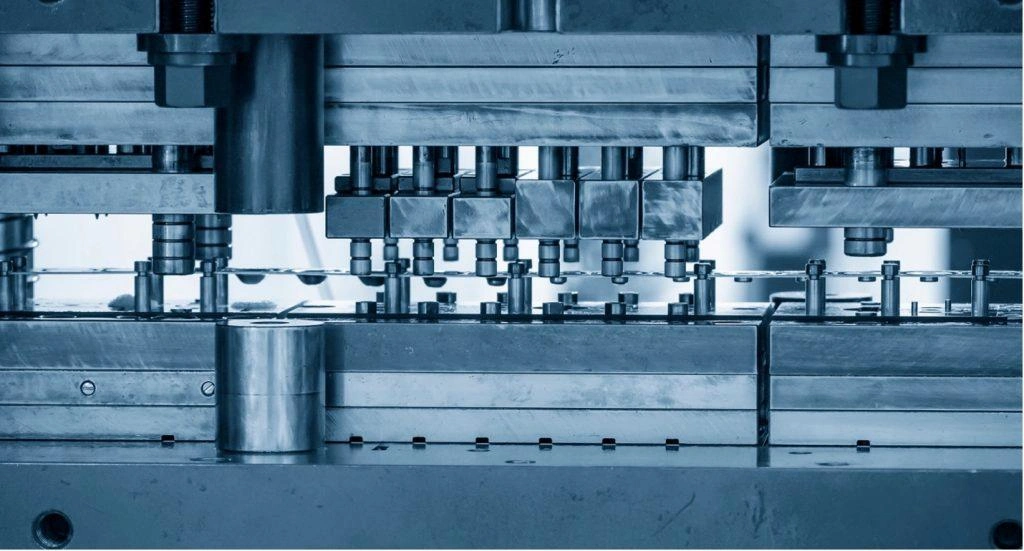
Sheet metal stamping setup
The setup stage involves installing metal stamping dies in the stamping machine and aligning the punch with it. You also need to input the parameters like tonnage, stroke length, and speed into the control panel. Additionally, suitable lubrication should be applied to avoid excessive friction and mico-wear on the surface.
Try Prolean Now!
Loading of Stainless Sheet Blanks
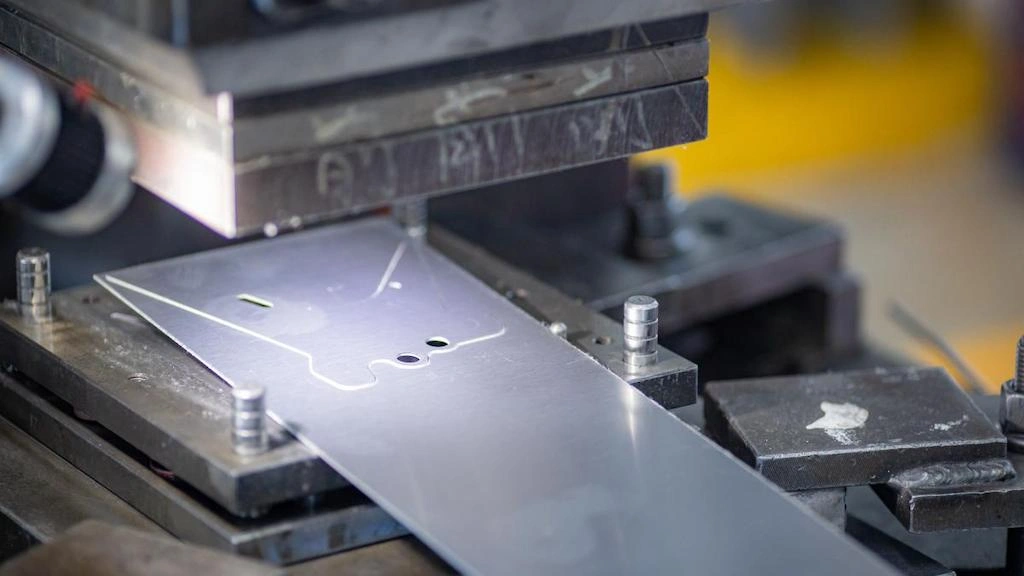
Loading sheet into stamping die
After setup, load the blank sheet over the die cavity (punch positioned over it), either manually or using the automated feeder. The advanced equipment includes sensors and feedback to ensure accurate positioning of the sheet over the cavity.
Applying Force by Press and Punch
The punching press can be hydraulic or mechanical, which applies controlled force to the stainless sheet to deform it into the desired form by cutting, bending, drawing, piercing, stretching, etc. These multiple operations can be executed in a single cycle; that’s what makes stamping so special in metal fabrication.
Parts Ejection and Post Processing
After stamping is completed, eject stainless steel parts from the die and treat them with post-processing operations to improve the accuracy and eliminate the sharp edges. E.g., deburring and sanding. Then, finishing techniques like electroplating, powder coating, and painting can be applied for appearance and protection from the environment.
Typically, parts are first stamped in large batches and then subjected to post-processing and surface finishing.
How is Stainless Steel Stamping Different from Other Metal Forming Processes?
The main difference is that stamping involves multiple metal forming processes in a single production cycle to form complex items, whereas a typical forming process handles a single operation. E,g. bending can only create bend angles and curvatures.
So, stainless steel stamping eliminates the need for several forming stages and facilitates them in a single cycle via die and press. It also reduces the scrap material. However, adjusting design in stamping is difficult; you need to modify the die first.
Types of Stainless Steel Used in Stamping
Ductility is the key property that decides the formability of any particular stainless grade for the stamping process. Stainless grades like 304 and 316 grades have high formability due to their face-centered cubic (FCC) crystal structure. So they can undergo extensive deformation without cracking.
Austenitic Stainless Steels
Austenitic stainless steels ( 301, 304, and 316) are the most common grades for stamping projects. They provide excellent performance in corrosion resistance, formability, and weldability.
These steels incorporate very high levels of chromium (16-26%) and nickel (6-22%), making 316 & 304 stainless steel stamped parts suitable for applications in food, medical, and chemical processing.
Ferritic Stainless Steel
This form of stainless steel has chromium of around 10.5-27 %, and 430 is the most frequent ferritic grade in stamping. Although 430 is more economical, it has less corrosion resistance than the austenitic types. Additionally, its low formability limits its uses for simple stamping operations, such as vehicle trim, consumer appliance components, and industrial hardware.
Furthermore, the table below compares the different characteristics of stainless steel stamping grades;
|
Stainless Steel Type |
Formability |
Corrosion Resistance |
Strength |
Cost |
|
301 |
High |
Good |
High (work-hardened) |
Moderate |
|
304 |
Very High |
Excellent |
Moderate |
Low to Moderate |
|
316 |
High |
Superior |
Moderate |
High |
|
420 |
Low |
Moderate |
Very High (heat-treated) |
Moderate |
(The list above is not limited to the selection of your stamping materials; other grades can be stamped. At ProleanTech, we have 10 + stainless steel types to cater to your metal stamping requirements)
Common Applications of Stainless Steel Stamped Parts
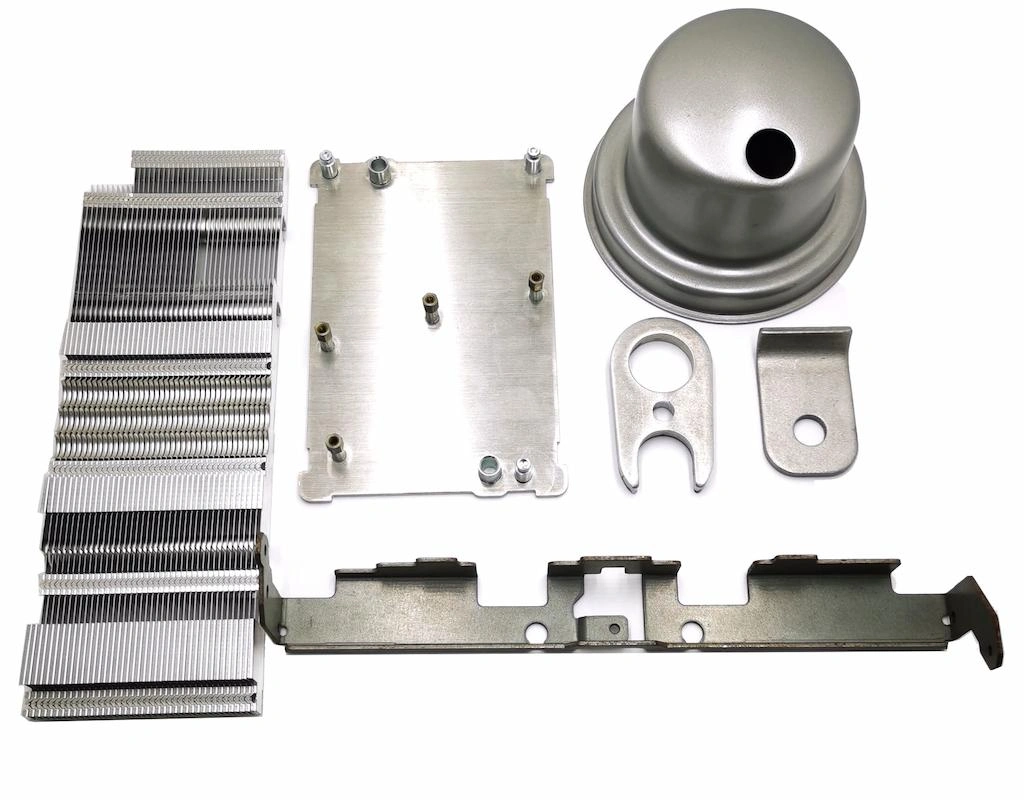
Stamped stainless steel parts
Strength, toughness, corrosion resistance, food & medical compatibility, durability, complex shape forming, and appealing aesthetics are key benefits of stainless steel stamping parts. Therefore, they apply to several industrial sectors.
Automotive Industry
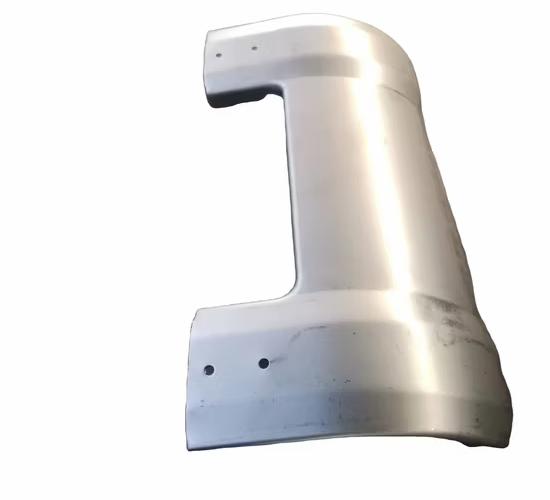
Car fender stamping
The material properties and complexity of the stamping process make strong and corrosion-resistant automotive components. Some examples of automotive metal stamping parts are;
- Exhaust system parts
- Brackets and mounts
- Seat frames
- Heat shields
- Sensor housings
Aerospace Industry
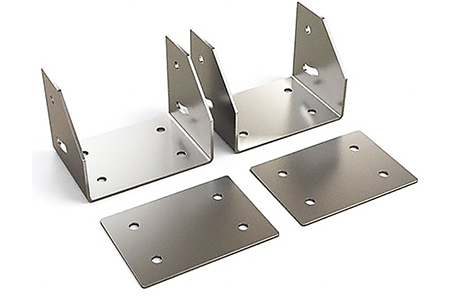
Aerospace stamping
Stainless sheet stamping produces lightweight and high-strength aerospace components that perform under harsh environmental conditions.
- Aircraft fittings & fasteners
- Engine mounts
- Fuel system parts
- Aircraft wing components
- Hydraulic system parts
- Heat exchangers
Medical Industry
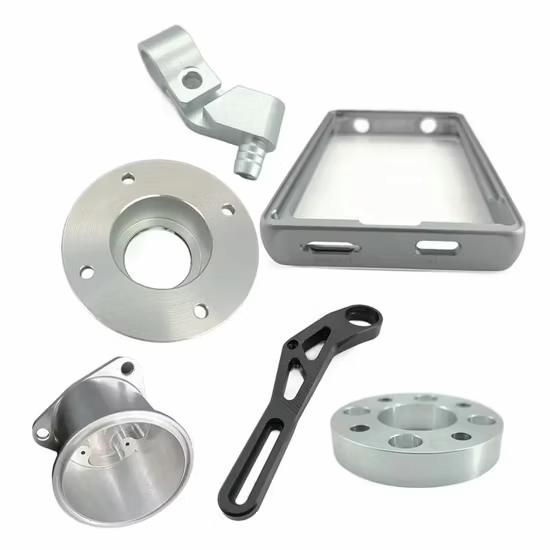
Medical stamping
Stainless 304 is mainly preferable for medical stamping applications due to its biocompatibility, stabilizability, and hygienic properties.
- Medical equipment parts and housings
- Dental tools
- MRI machine parts
- Surgical instruments
- Implantable devices
Consumer Electronics
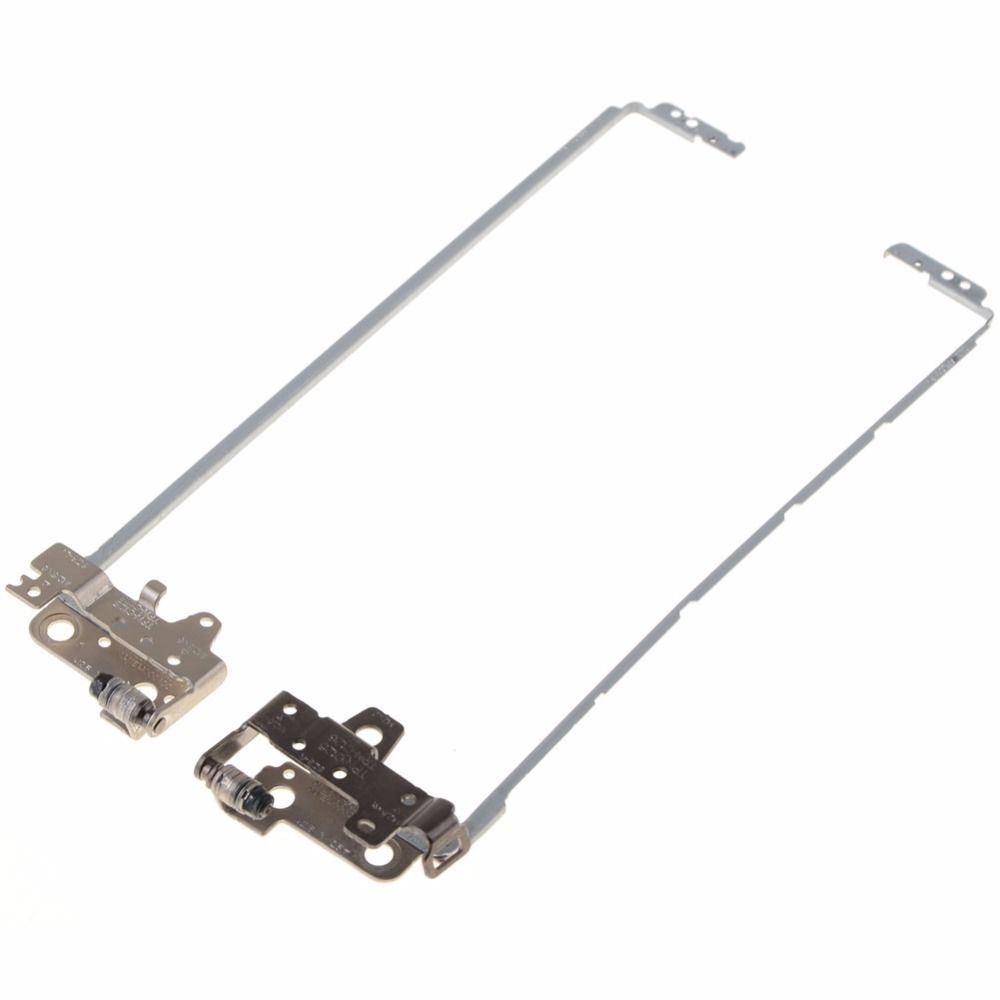
Metal-stamped laptop hinge
The following sleek, durable, and corrosion-resistant parts and products for the electronics industry are made with stainless stamping;
- Smartphone frames
- Laptop hinges
- Charger connectors
- Wearable device casings
- Camera components
- Heat sinks
Industrial Machinery
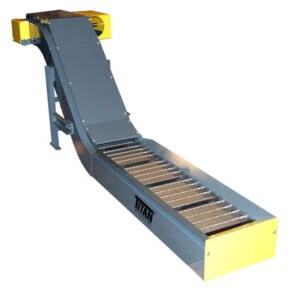
Scrap conveyor
Several complex industrial machinery components are made using a stainless steel stamping process. The stamped parts can perform under high stress and harsh operating conditions.
- Gear, valves, and fittings
- Pump, motor, and other components or system casings
- Conveyor system parts
- Hydraulic cylinders
Try Prolean Now!
Tolerances and Quality Control in Stainless Steel Stamping
Stamped stainless steel parts often involve burrs, sharp edges, and occasionally some surface defects. Therefore, their inspection and quality control are essential.
Tolerances of Stainless Stamping
The typical tolerance for linear dimensions of stamped stainless parts ranges from ±
0.005 to 0.010 inches (0. 127 to 0.254 mm), and these are heavily influenced by the overall size.
The table below shows the tolerancing of stainless stamping parts;
|
Dimension |
Tolerance |
|
Edge-to-edge, single-surface |
± 0.002 inch |
|
Edge-to-hole, single-surface |
± 0.002 inch |
|
Hole-to-hole, single-surface |
± 0.002 inch |
|
Bend to edge/hole, single surface |
± 0.005 inch |
|
Edge-to-feature, multiple-surface |
± 0.015 inch |
|
Over formed part, multiple surfaces |
± 0.015 inch |
Furthermore, ductility, tensile strength, grain direction, stamping speed, and capability of stamping equipment affect the tolerances of stamped stainless steel components.
Quality Control in Stainless Stamping
Different inspection methods are applied to control the quality of stainless stamping parts. In the quality control process, if any stamped parts are found defective, they are rejected from the further processing steps.
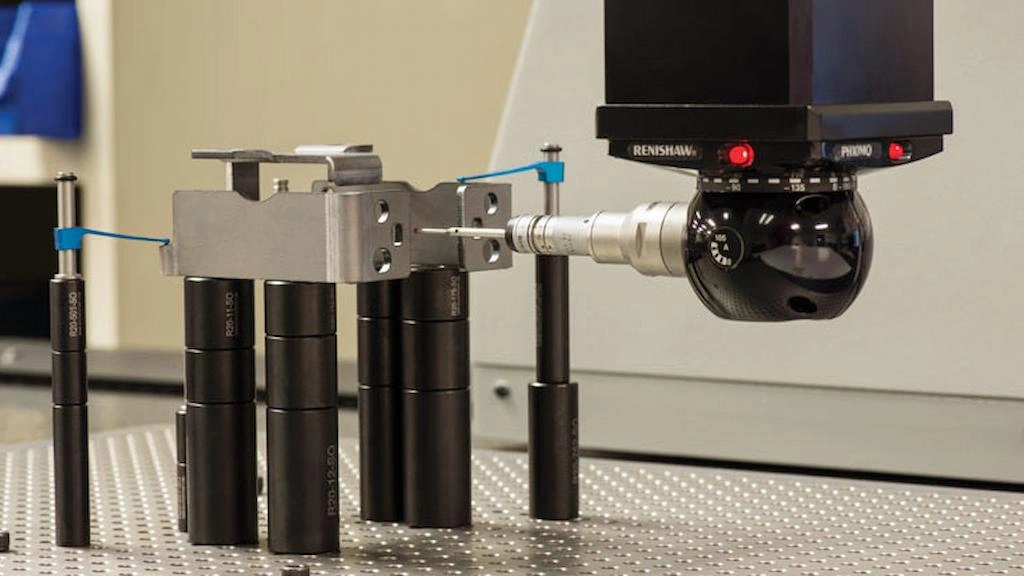
CMM measurement of stamped parts
Four key quality control processes are;
- Visual inspection to identify the surface defects
- Dimensional accuracy inspection with Co-ordinate Measurement Machines(CMMs).
- Non-destructive testing
- Metallurgical testing of stainless material
Custom Stainless Steel Stamping: Tailoring Parts to Your Needs
Stamping allows you to make stainless steel parts by customizing the die and punch press setup. Die-punch tooling can be designed and produced by incorporating diverse custom features, such as curved surfaces, holes & cutouts, ribs, bends, and complex 3D contours.
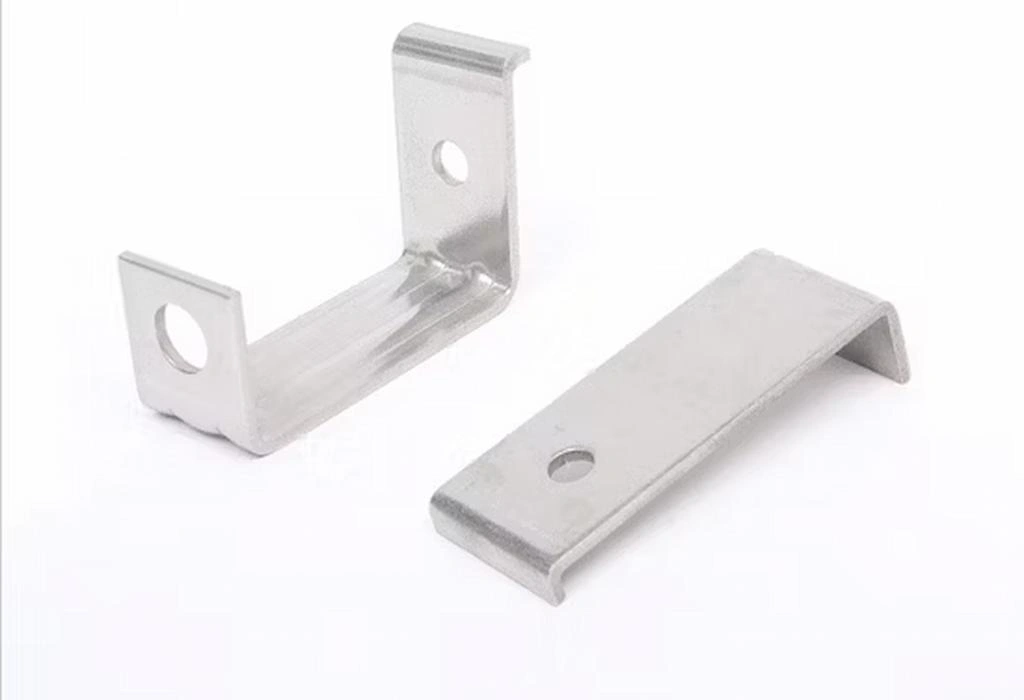
Custom stainless stamped parts
Custom tooling should be capable of handling multiple sheet metal operations required to produce stamped parts. For example, cutting, bending, forming, piercing, etc.
At ProleanTech, we provide metal stamping service for stainless steel and other materials. Our automated CNC stamping machines can produce complex parts with high flexibility for customization. Our engineers help from the beginning of your project, including design assistance, tooling, and production strategies.
Summing Up
Stainless steel stamping streamlines the production of sheet metal parts by combining cutting and multiple forming operations. A die and punch press work together to deform and shape the loaded stainless sheet blank into the designed geometry. You can use stainless 301, 304, 316, and other grades with high formability for stamping projects.
FAQs
What is stainless steel stamping?
It is a fabrication manufacturing process where stainless sheets are pressed into the required form with die and punches. Stamping makes corrosion-resistant and durable items for various sectors.
What are the most common types of stainless steel used in stamping?
The most common types of stainless steel used in stamping are austenitic alloy 304, 316, 301, 420, and 430.
What is the stamping process for stainless steel?
Stamping involves feeding stainless steel sheets into a stamping press, where dies and punches shape the material by a determined force. According to die design, it executes blanking, piercing, bending, and forming.
How do I ensure high precision in stainless steel stamping?
For high precision in stainless stamping, use high-quality die tooling, maintain strict process controls, and apply advanced machinery like CNC stamping presses.
Can stainless steel stamped parts be customized?
Yes, stainless steel stamped parts can be fully customized with shapes, sizes, finishing, and features like holes, bends, or embossing. You can make parts that provide tailored solutions for your needs.

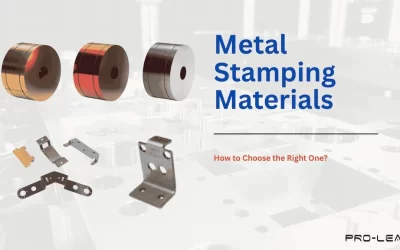
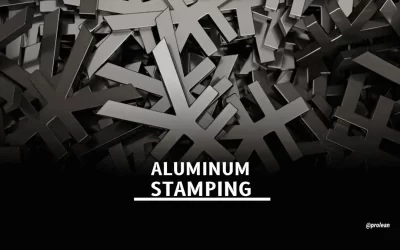
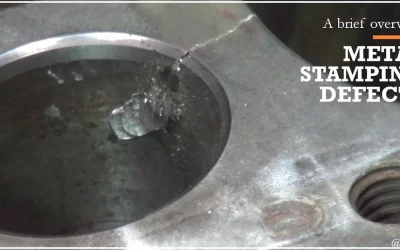
0 Comments